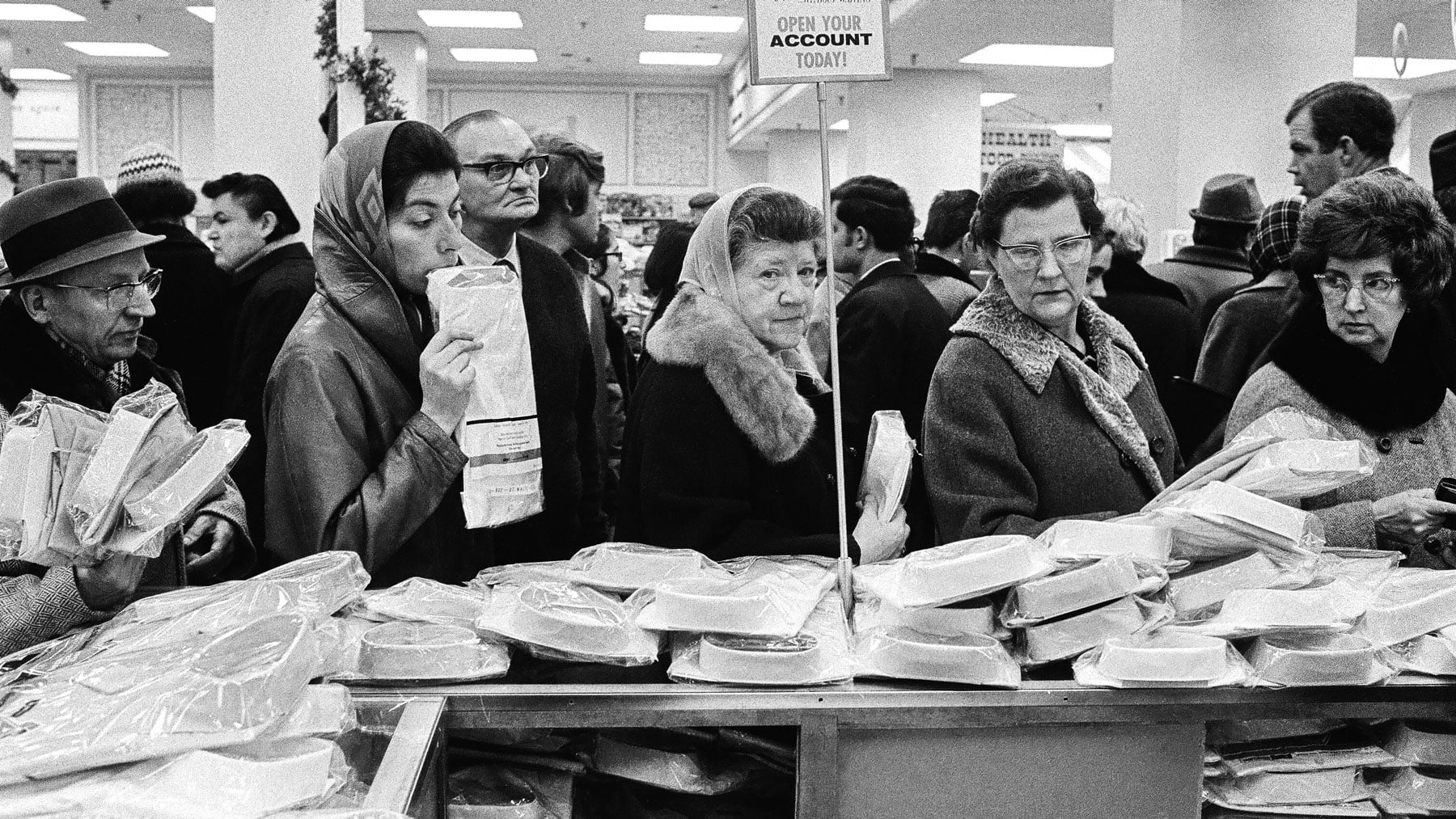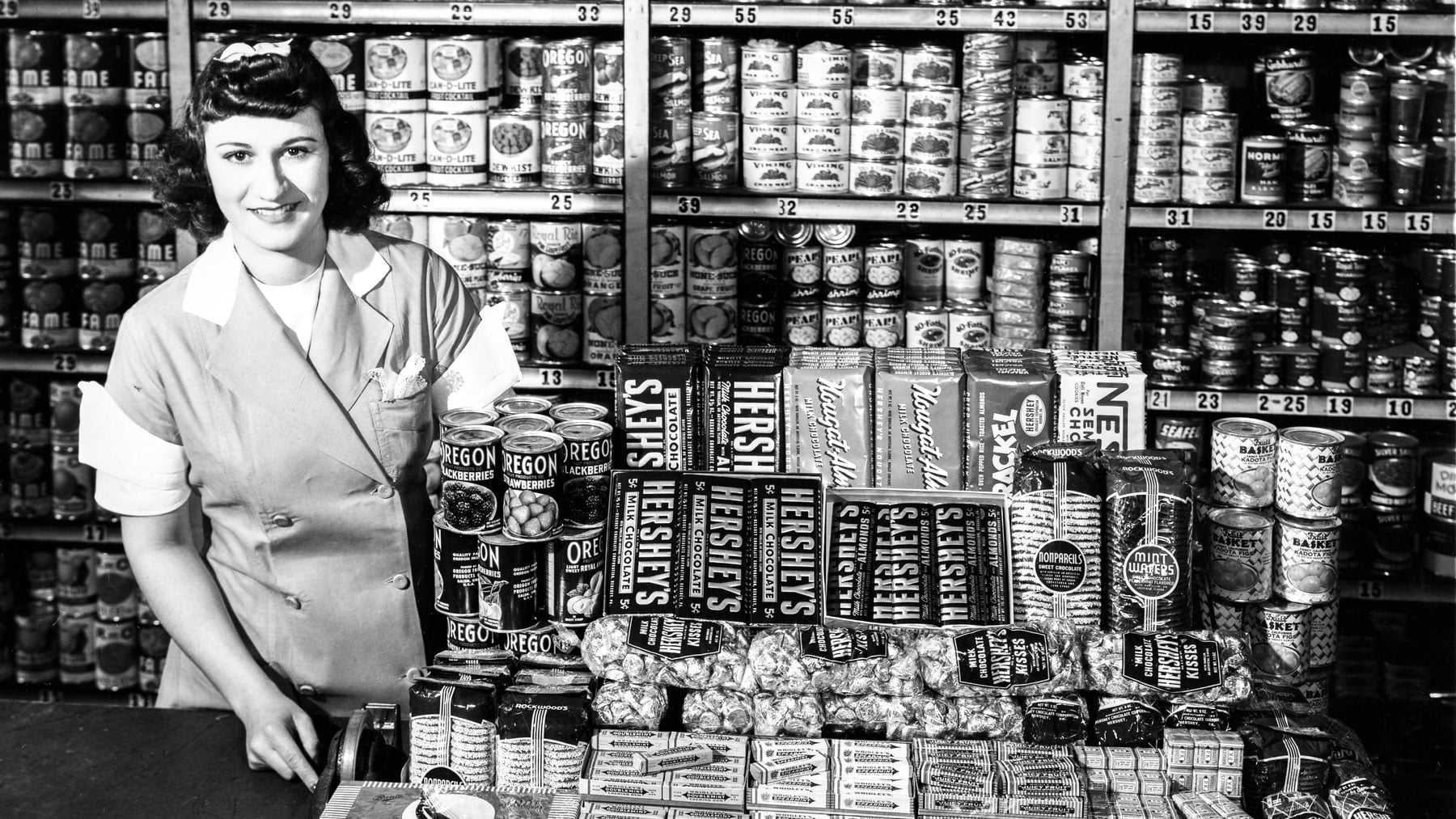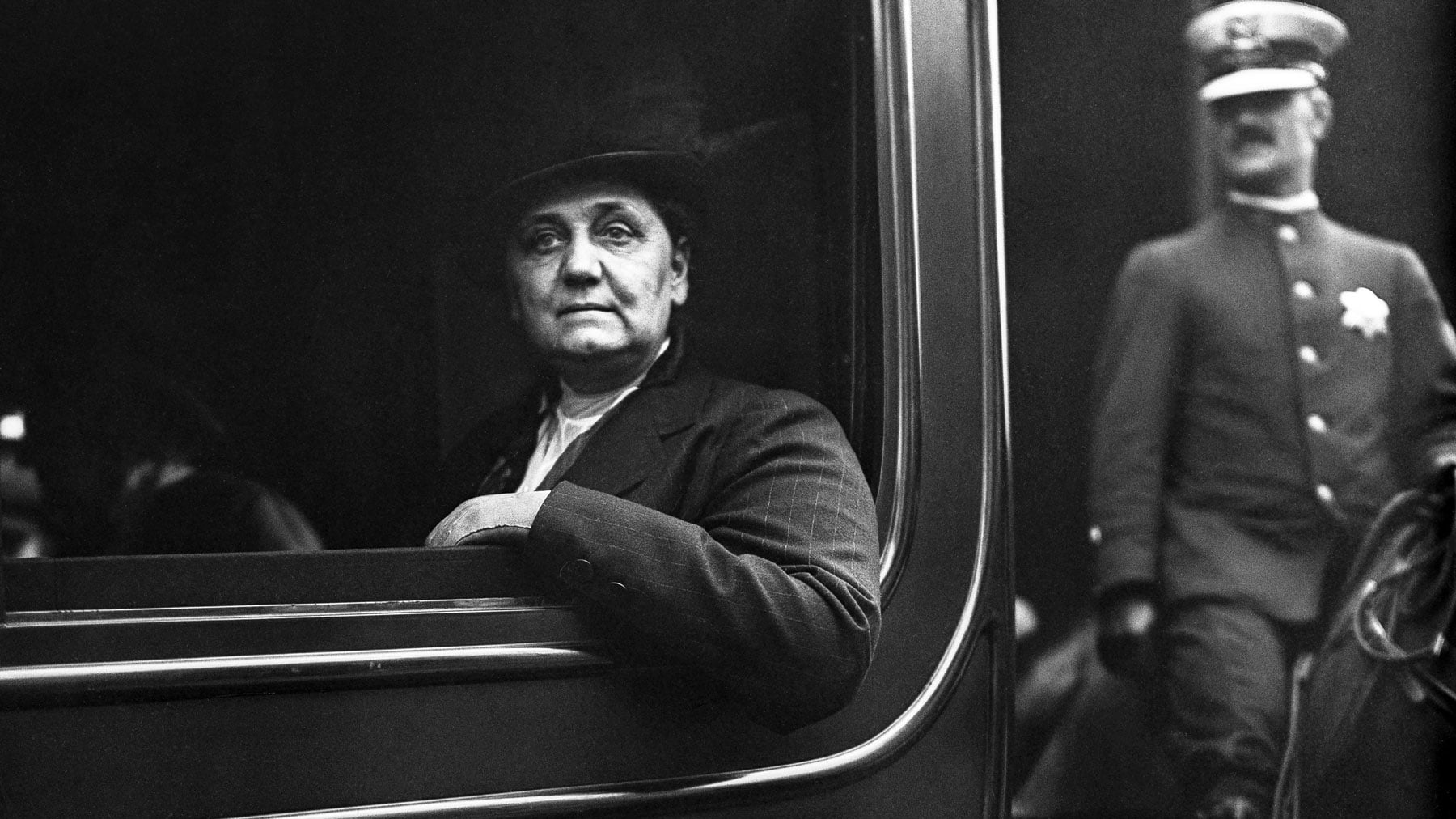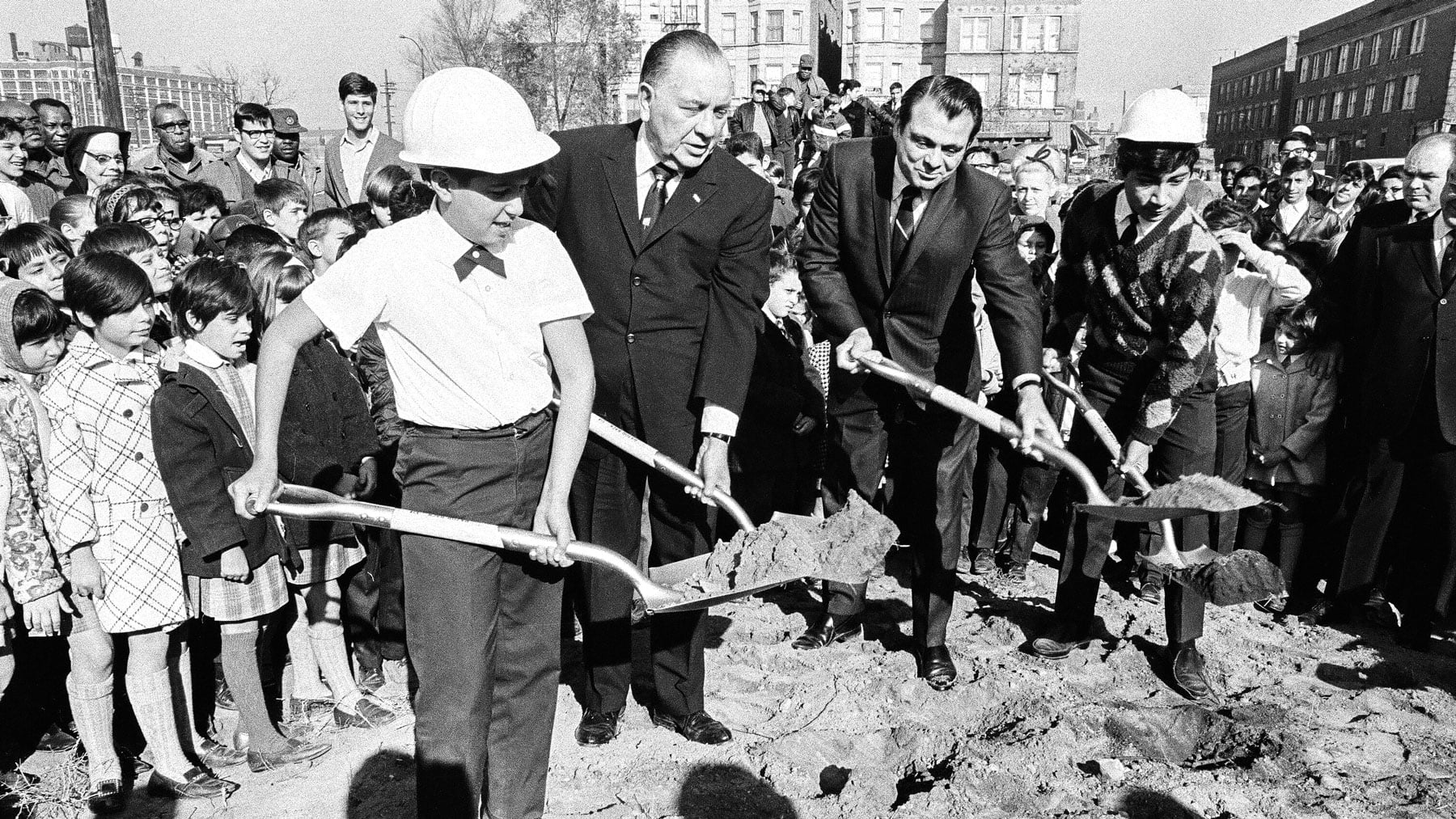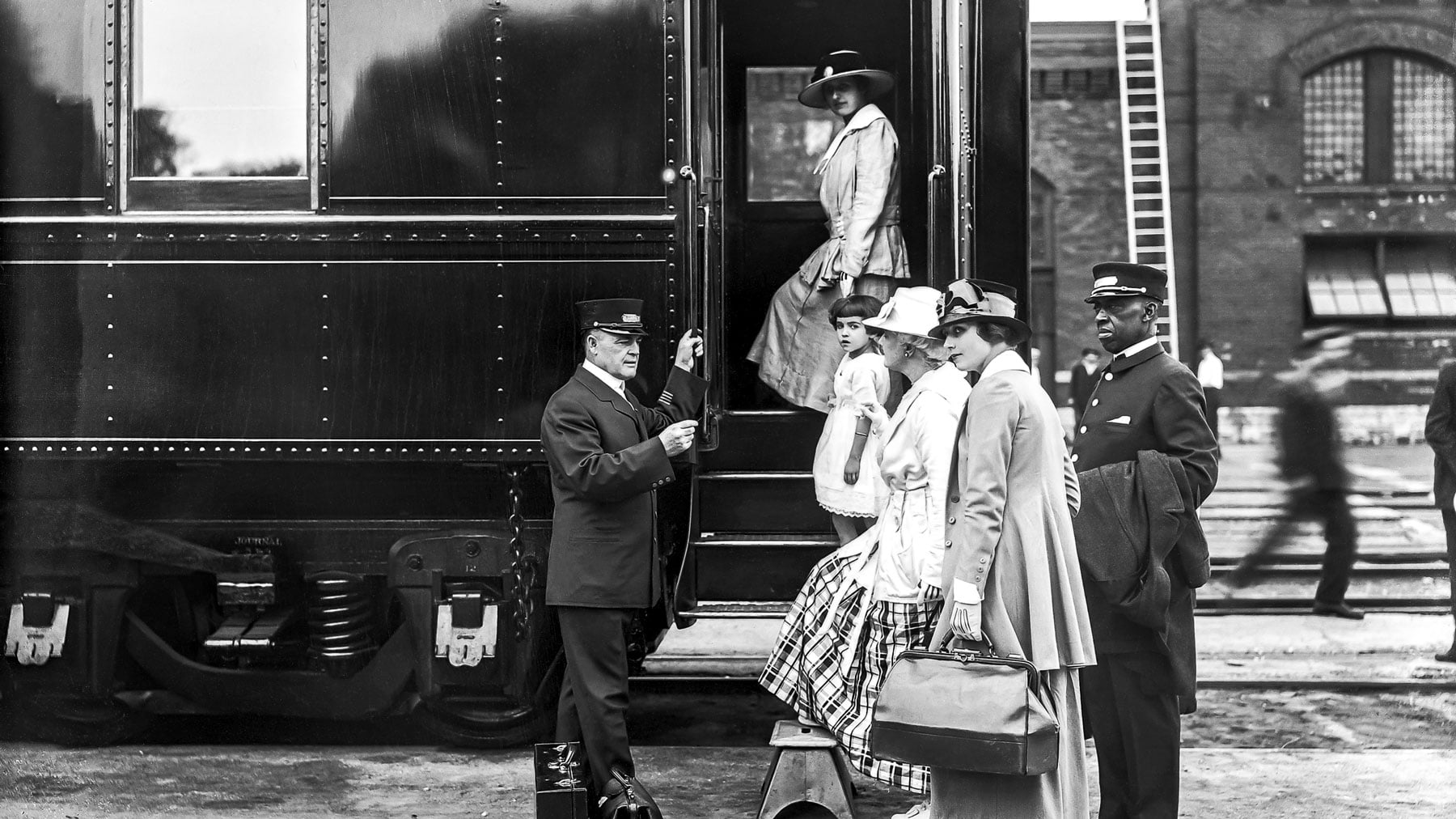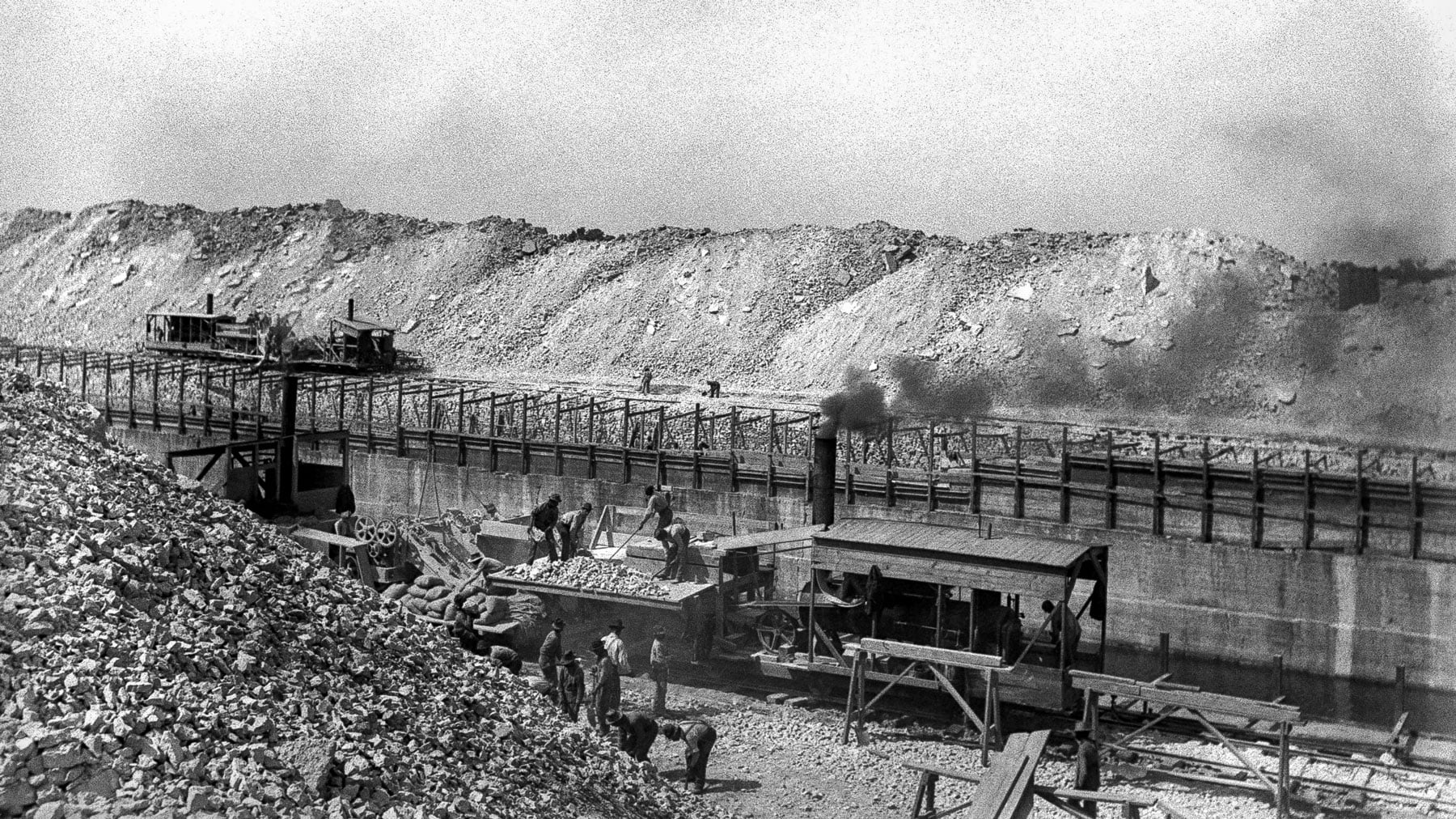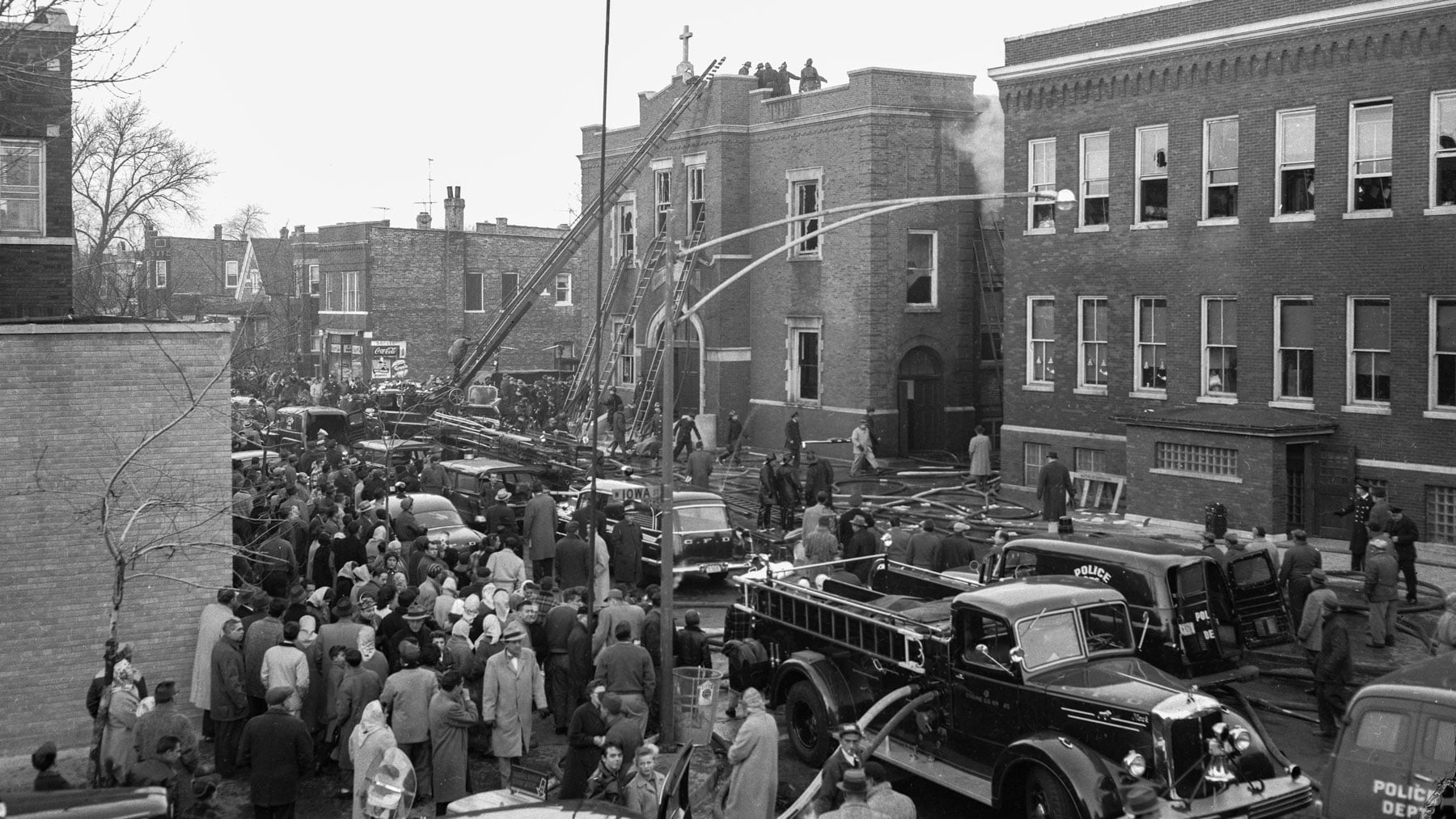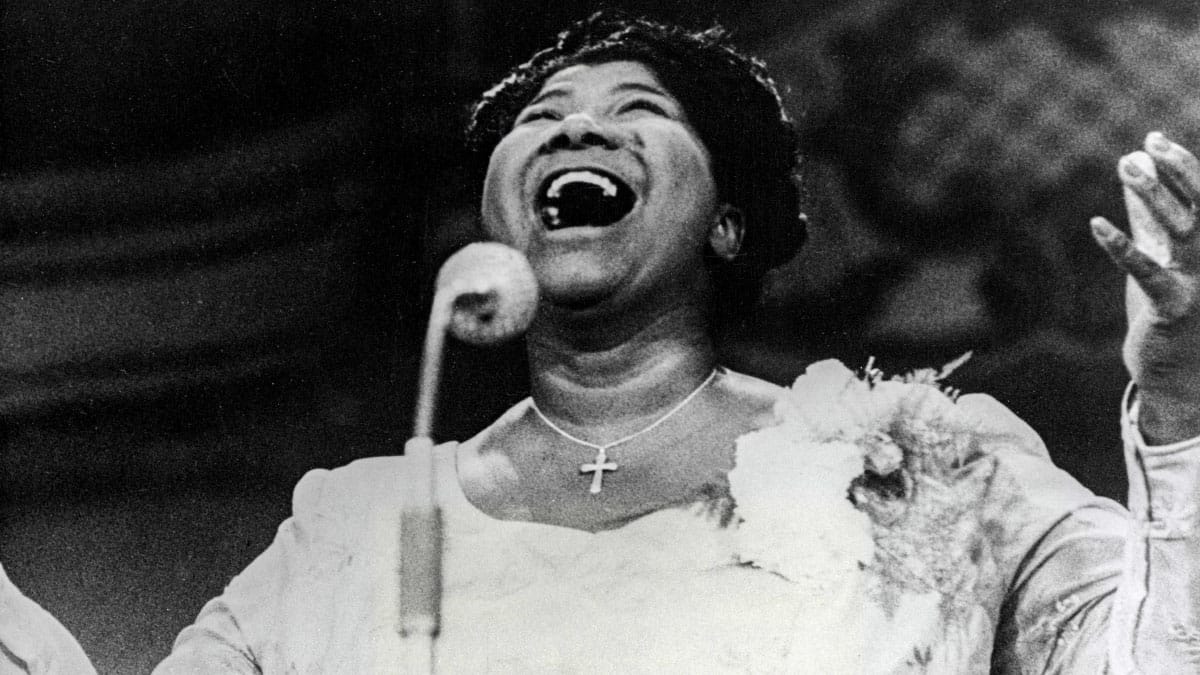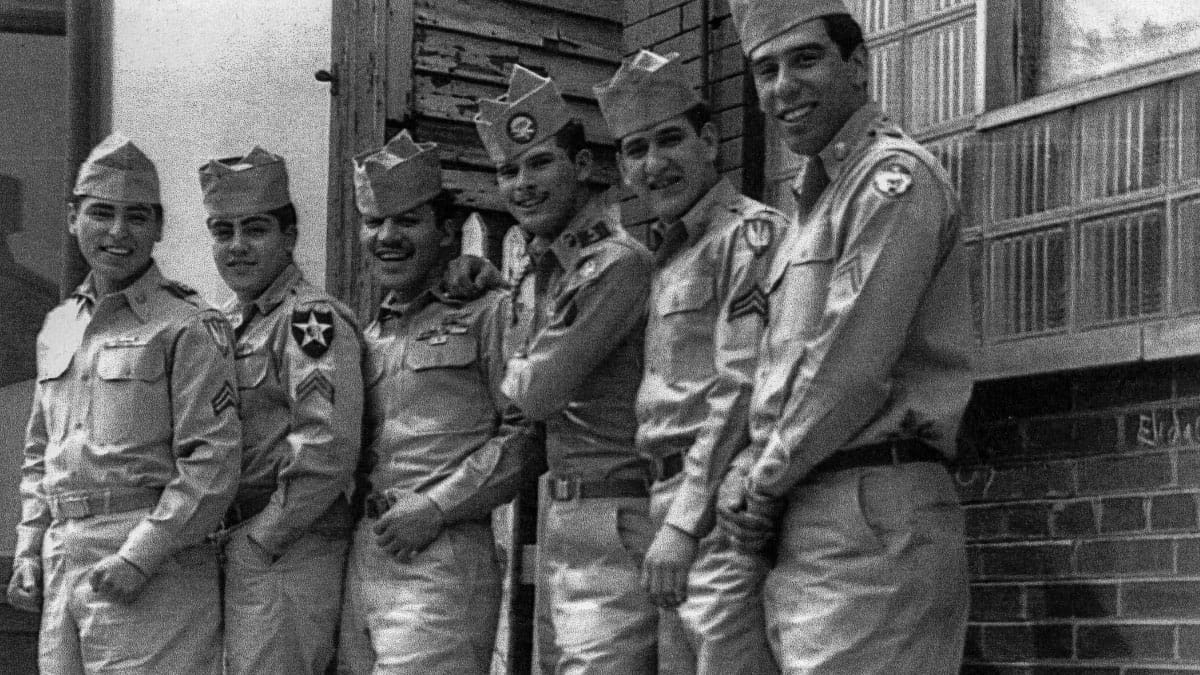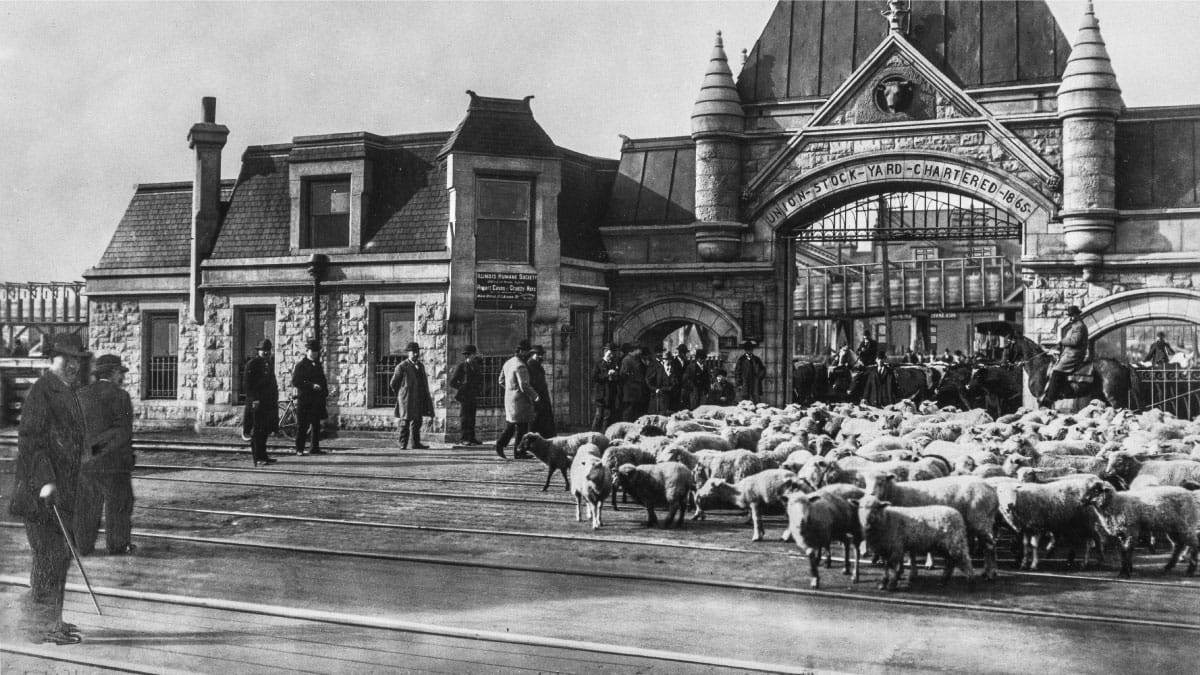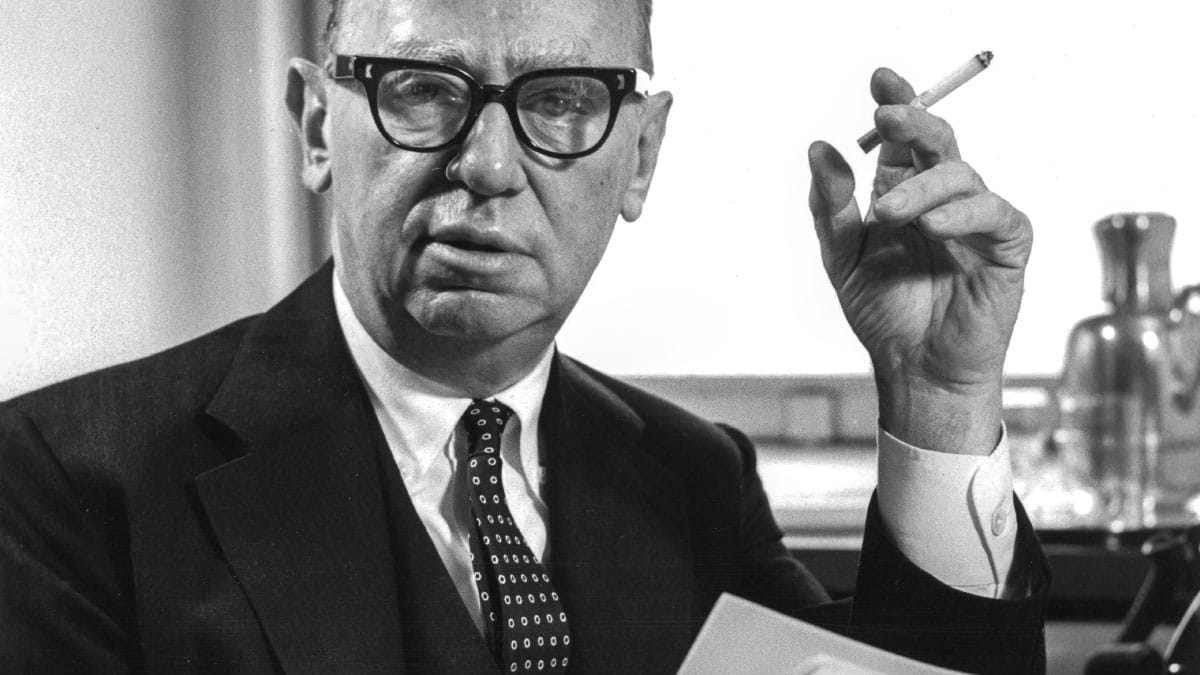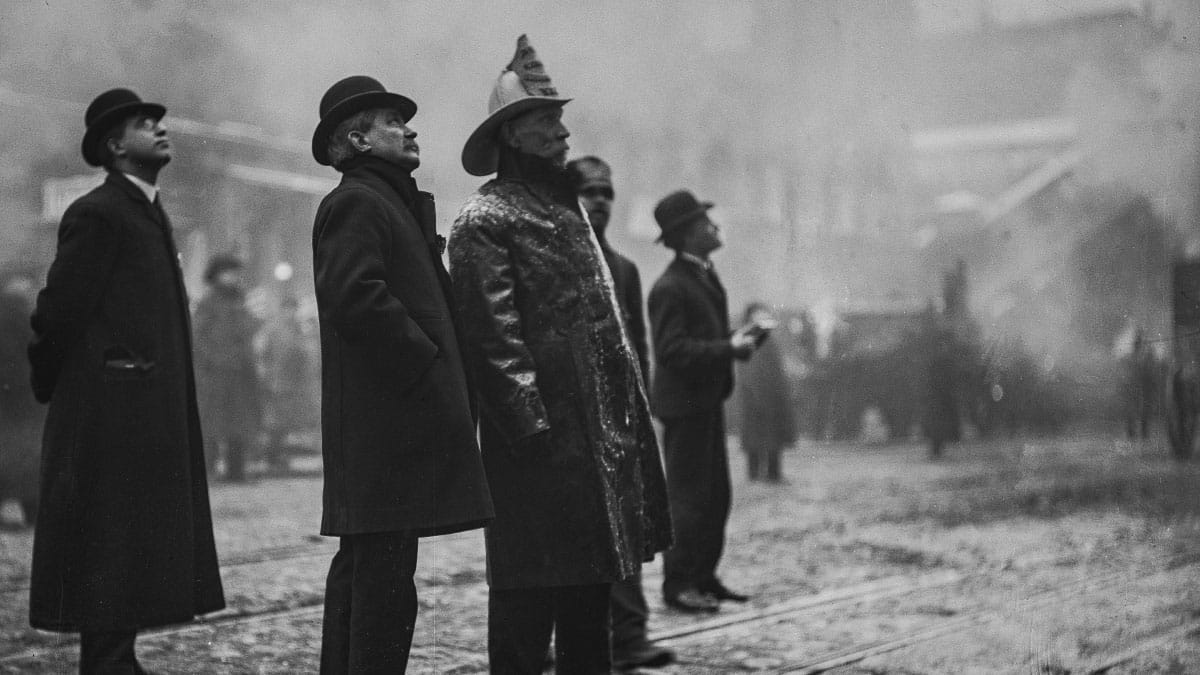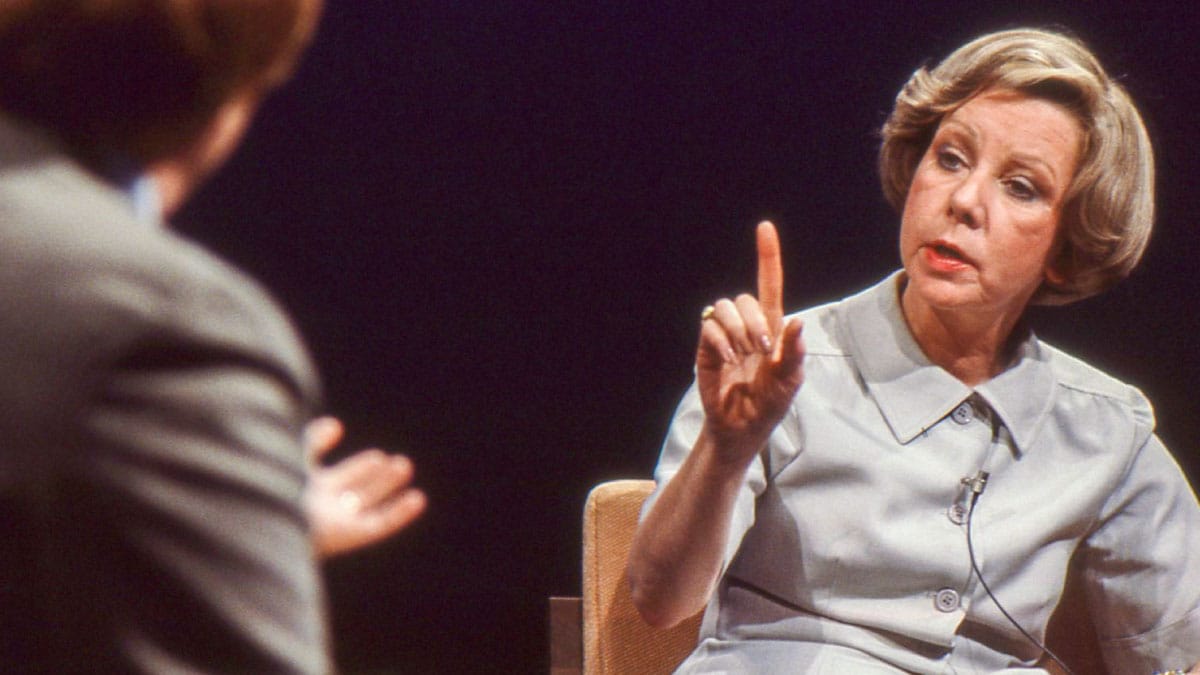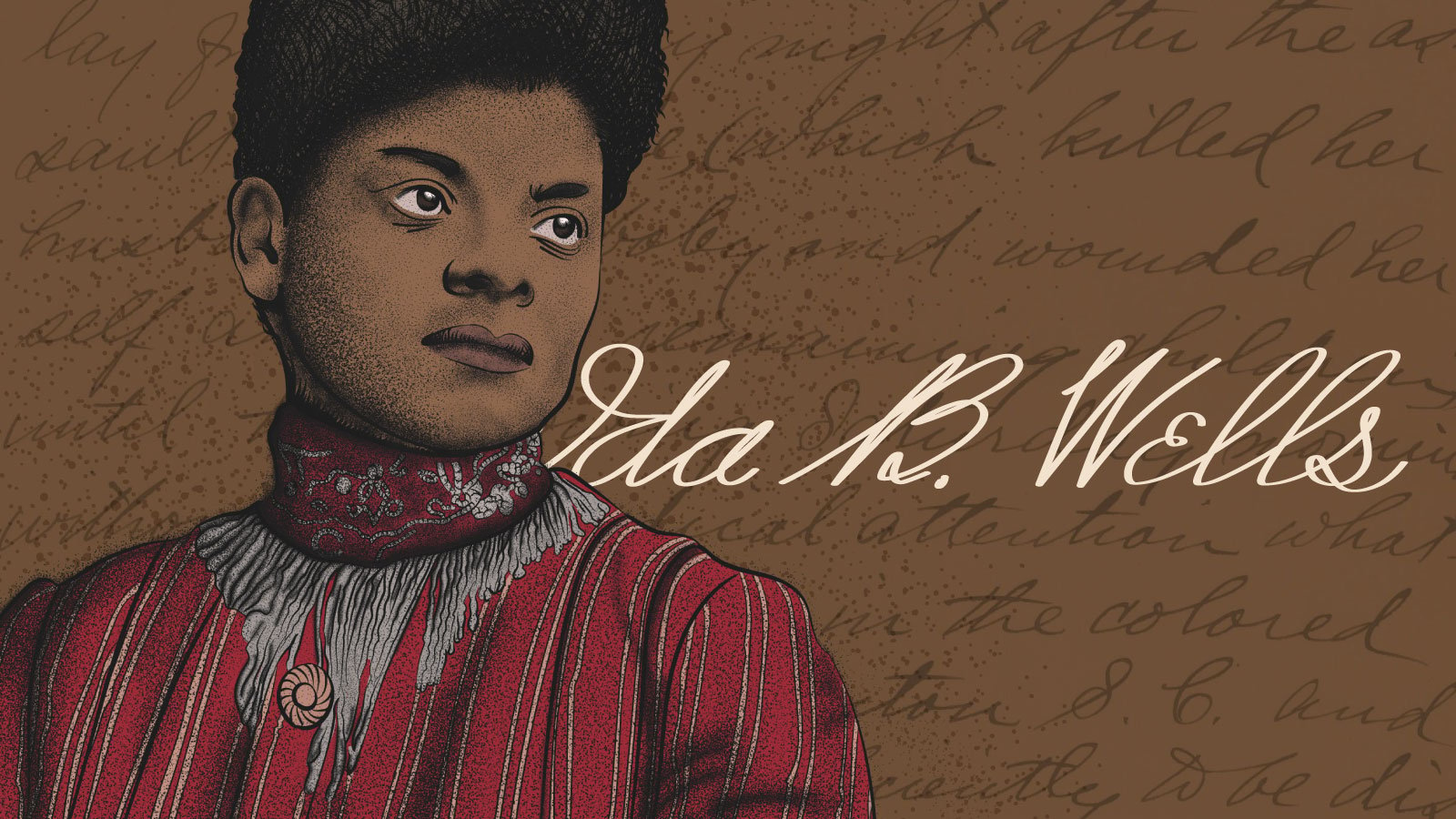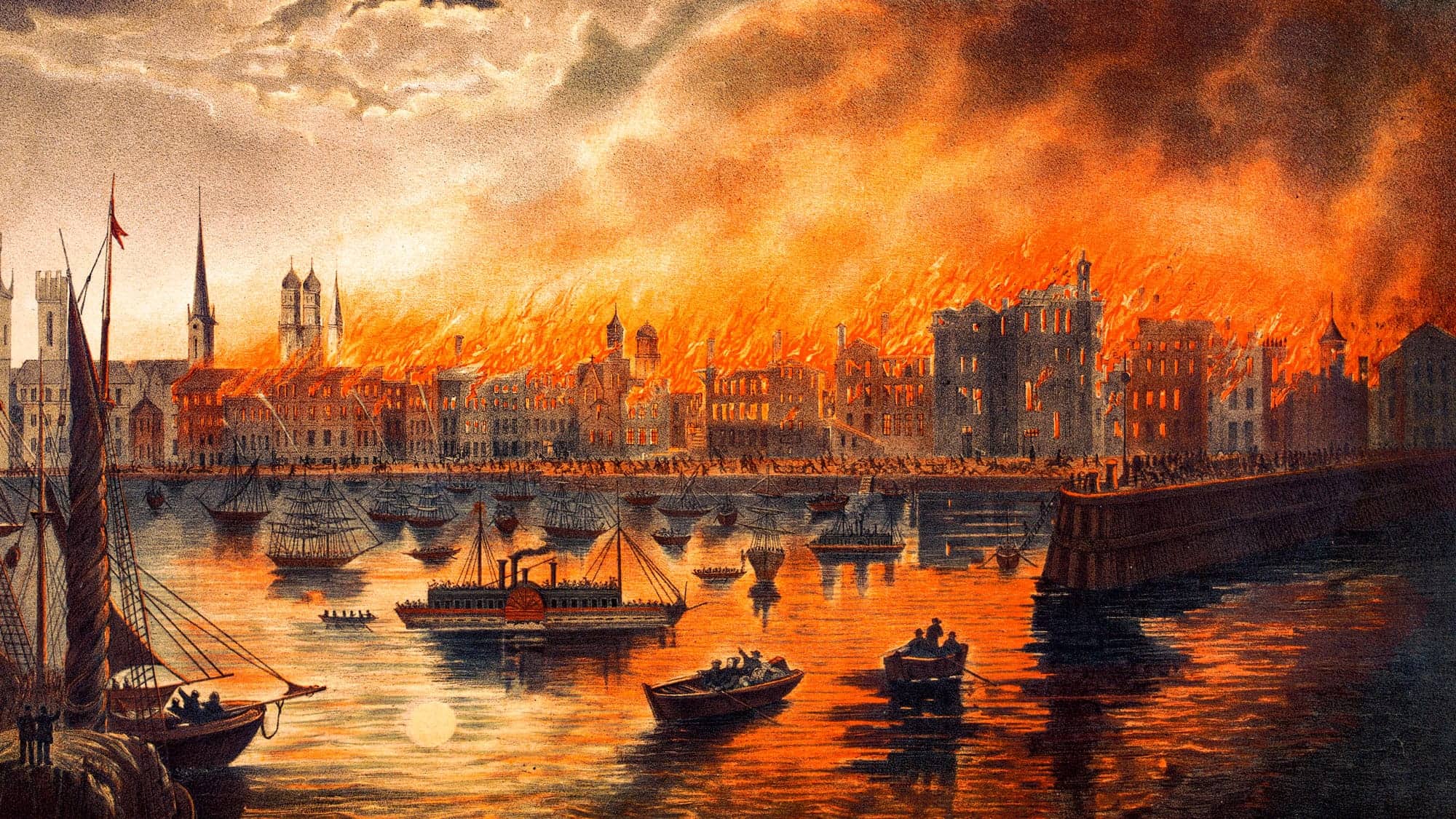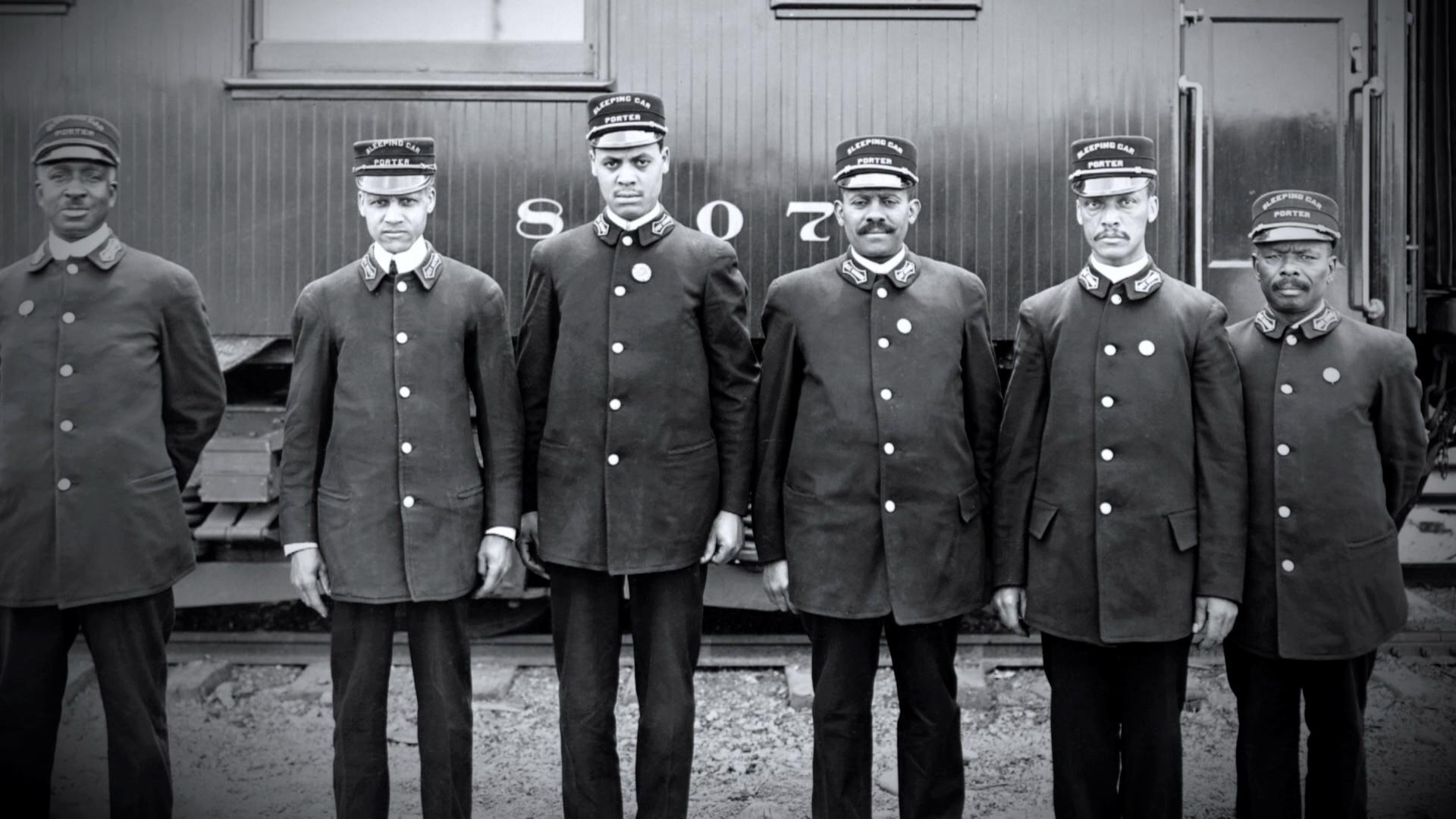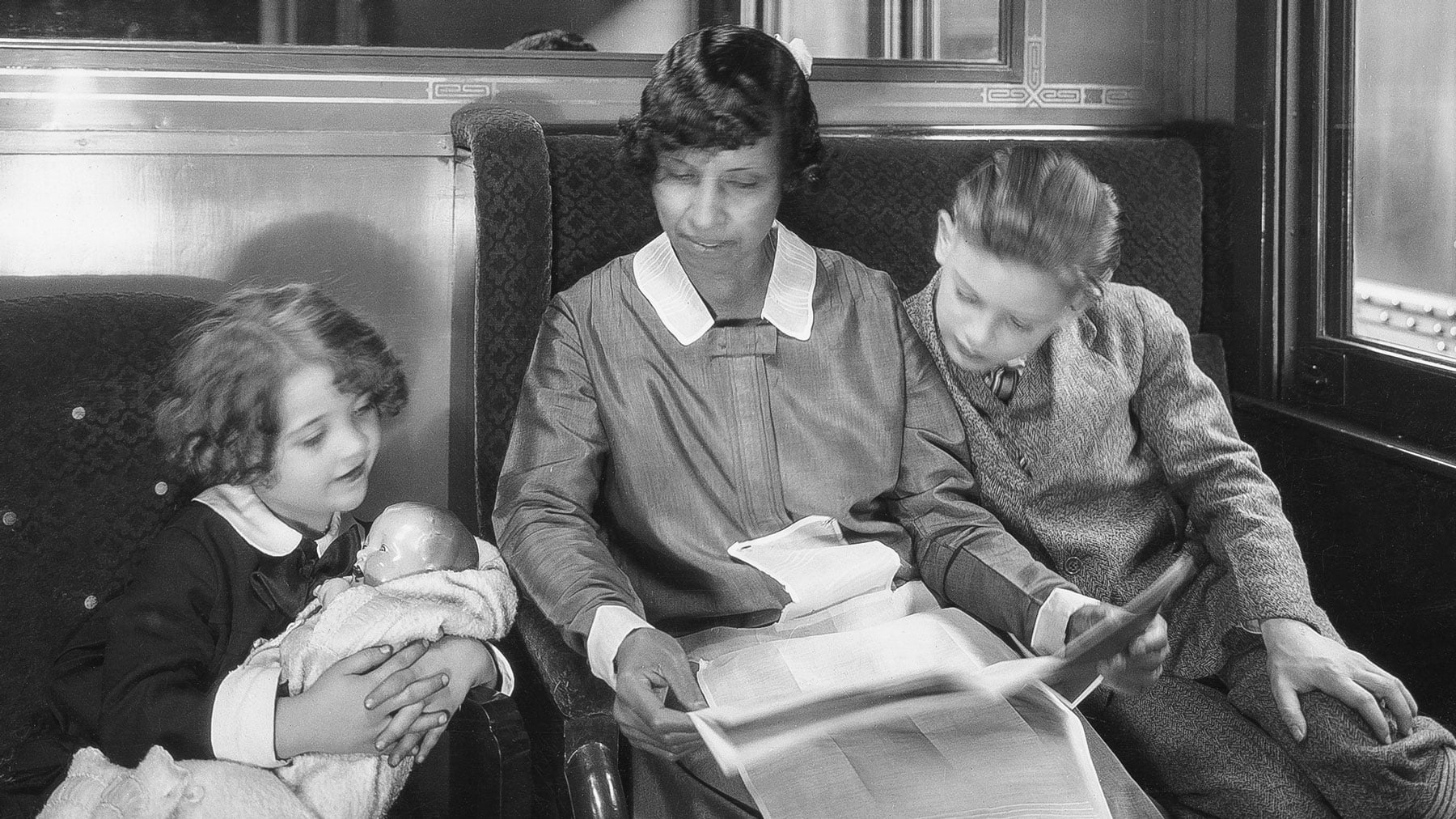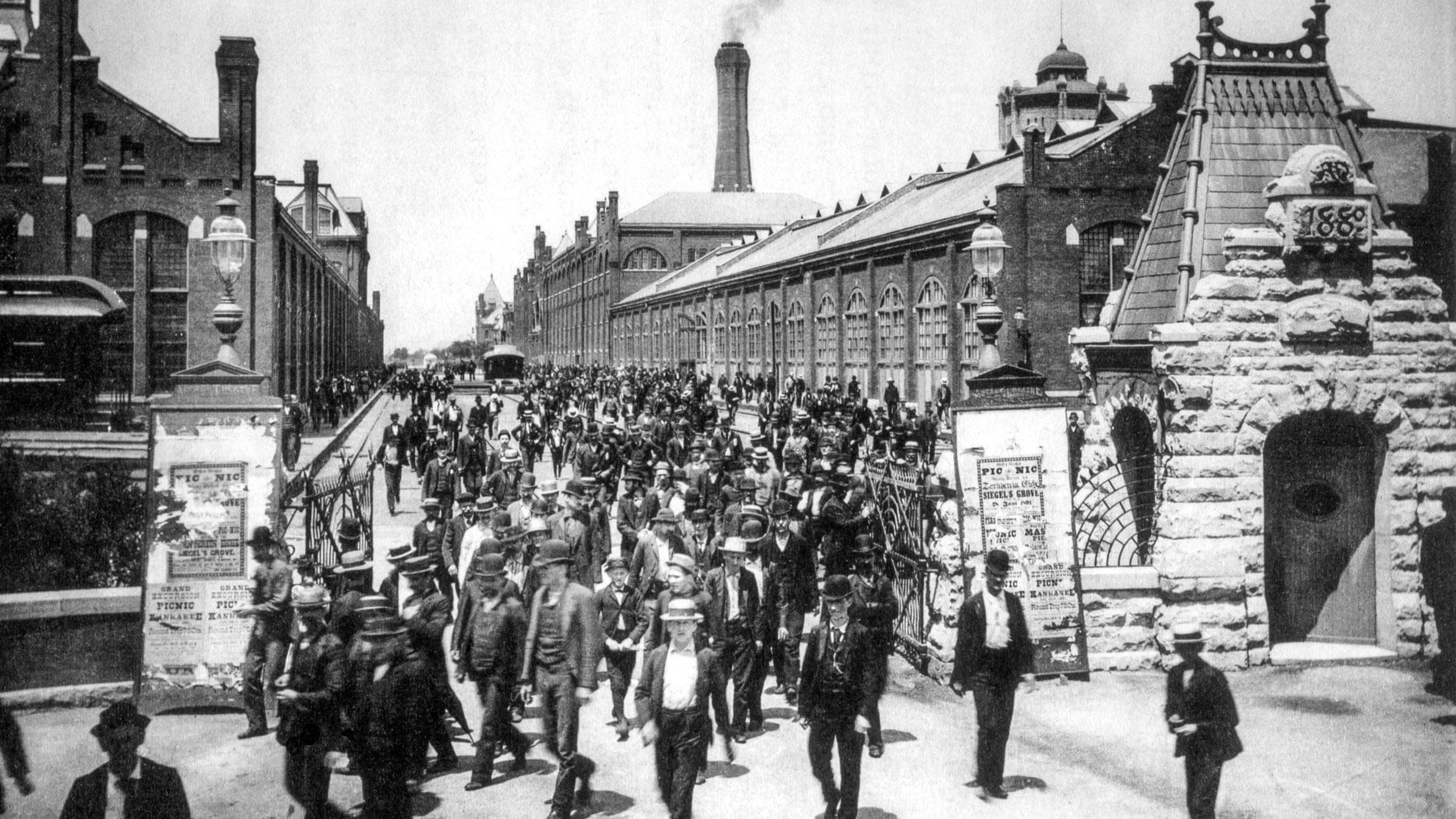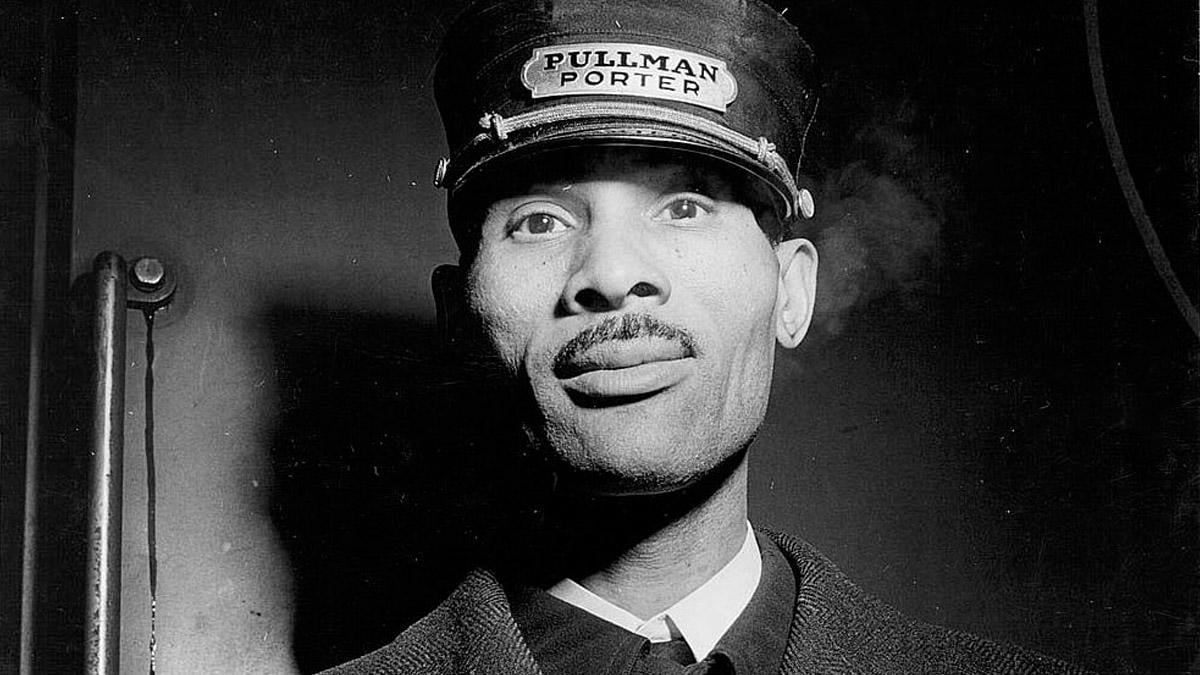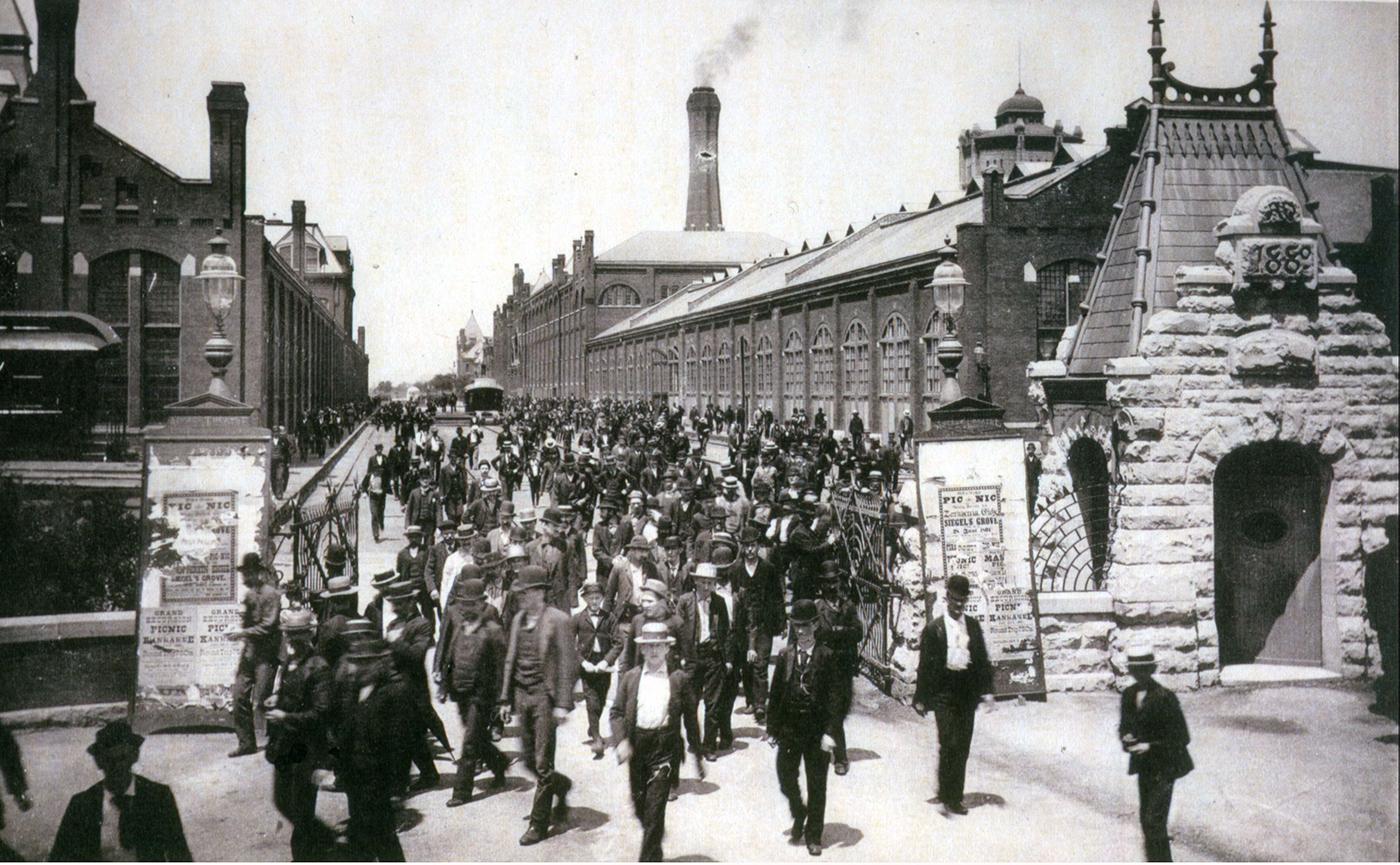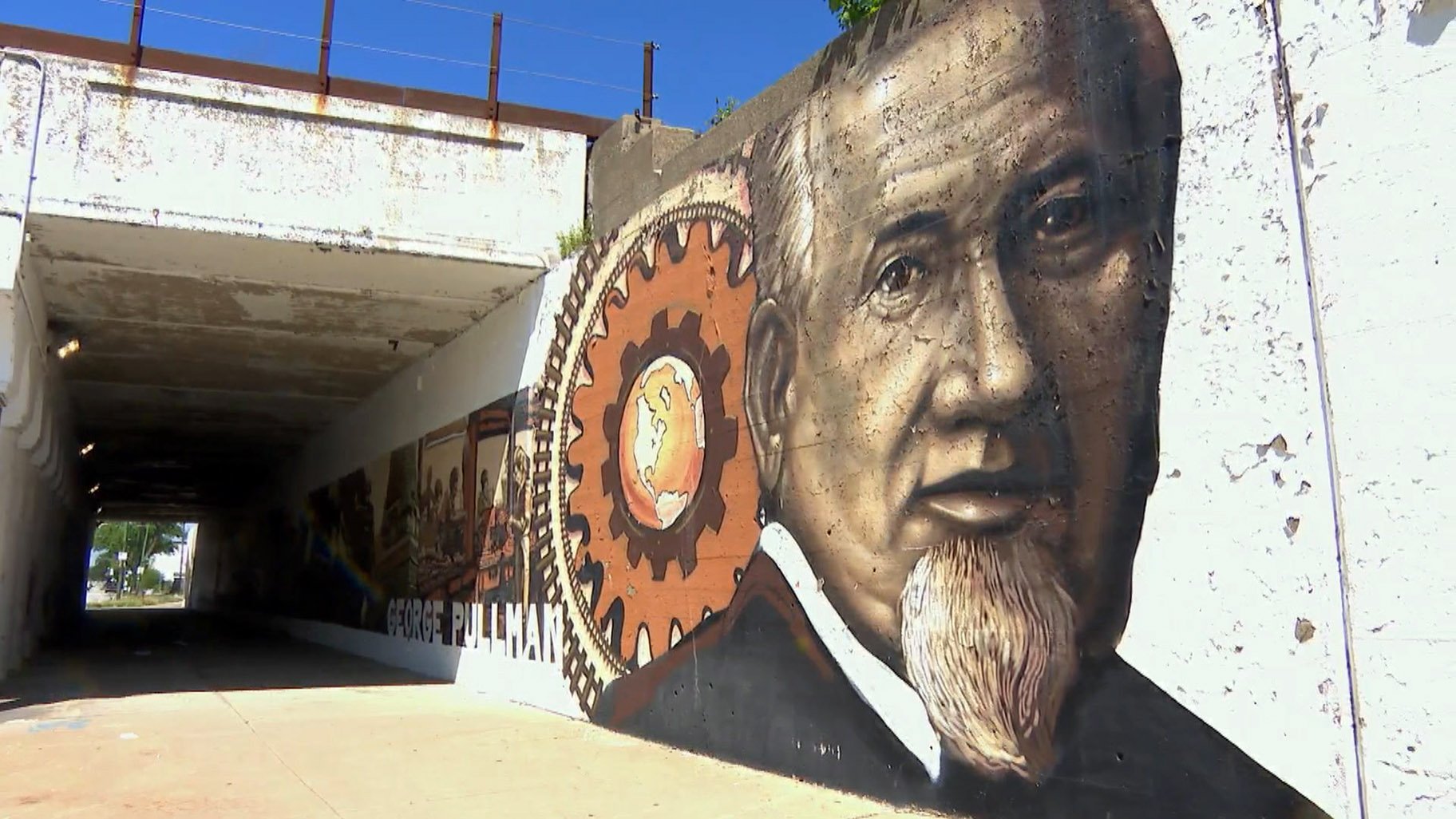Women board a Pullman train with the assistance of a conductor (left) and a porter (right), circa 1915. Image: Chicago History Museum, ICHi-026271
George Pullman may have built a picturesque town outside Chicago for the workers who built his luxury sleeping train cars, but his paternalistic control over the lives of his employees helped spark one of the biggest and most contentious labor actions in American history. His company also relied on Black workers – most often porters and maids. Although those jobs helped establish a Black middle class, the workers endured racism and discrimination on the job. They, too, organized, and in doing so paved the way for the civil rights movement.
At the end of 2022, President Joe Biden signed a bill that imposed a settlement upon railway companies and workers that had been brokered by his administration and then rejected by several of the rail unions for lacking enough paid leave. Under the 1926 Railway Labor Act, the federal government can offer recommendations in contract negotiations between rail companies and unions, as well as bind them to a labor agreement. The Biden Administration did both of those things in order to avoid a strike that Biden said would have caused “an economic catastrophe.”
For a sense of the possible effects of a railroad strike on the country, one can look back almost 130 years to … Read more
The Black women who worked as maids for the Pullman Company in the early 20th century were often tasked with caring for passengers’ children. Image: Minnesota State Historical Society / Newberry Library
By 1925, the Pullman Company employed 12,000 porters. In its first several decades, the company hired only Black men for the position, which served as a kind of on-site concierge for railroad passengers. But Black women were also working for the Pullman Company as maids. Though smaller in number, the maids, as well as their stories and their contributions to Pullman unionization efforts, have often been overlooked.
“I think Black working women have been overshadowed in much of our history of America. And I think that the maids are also part of that obfuscation,” Melinda Chateauvert, a scholar with Front Porch Research Strategy who has written about the topic, told Chicago Stories.
Pullman hired mostly Black women as maids, though some Chinese American women worked on the railcars, too. According to Chateauvert, maids had to be at least 25 years old. There were far fewer maids than porters. While an entire team of porters worked a train, there was typically only one maid.
There was a distinct workplace hierarchy on Pullman trains… Read more
Workers in 1891 leaving through the main gate of the Pullman factory Image: Newberry Library
By 1880, business was booming for George Pullman. Production of his famous sleeper cars was ramping up, and the draftsmen, carpenters, painters, and other laborers who helped him build that empire were hard at work.
At a time when there were few workplace protections for people working even the most dangerous jobs, Pullman wanted a way to instill a sense of loyalty in his factory employees, many of whom were European immigrants.
“Maybe we don’t want to kill them in the workplace because we want them to come back. Maybe we don’t want them living in squalor where they could suffer disease because we want them to come back,” Bob Bruno, professor of labor and employment relations at the University of Illinois, told Chicago Stories.
So he built an eponymous town where he would provide everything his workers needed, at least on the surface… Read more

